Winterizing the Chanterelle Pants: Cozy Joggers
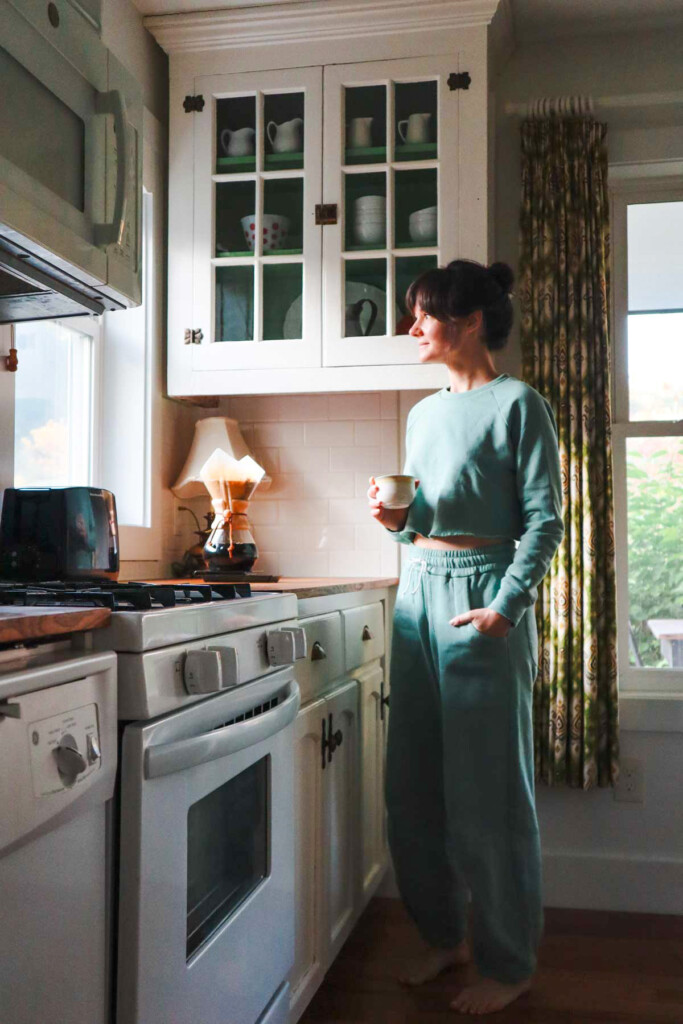
We live in a soft-pants world now, and I am not complaining. Our Chanterelle Pants are already very comfortable, and pretty soft, with ease through the hips and a wide elastic waistband. But it is always possible to up the cozy vibes. My French terry Chanterelle Shorts were such a success that I wanted to try something similar with the View B pants, to have an extra cozy pair of joggers for the fall into winter.
For this pair, I used Birch Organic Sweatshirt Fleece from our local shop, Freeman’s Creative. I made a matching Page Hoodie, by Chalk & Notch for a monochrome sweatsuit look. Sweatshirt fleece is a great choice because, while it is a knit, it is lower stretch than jersey or interlock, readily available, and fairly easy to sew. Because of the low stretch, I chose not to size down. View B also does not have much ease through the hips and I wanted to maintain the existing positive ease. For a slimmer jogger look, especially if you choose a stretchier knit, you could try sizing down. Fitting on these pants is quite easy because you can adjust the elastic waistband to your preference.
Other suitable knit fabrics would be French terry, a thick interlock knit, or polar fleece.
I used a small zig-zag stitch, which I prefer to a stretch stitch. I finished my seams on my serger. I recommend testing a few stitches and stitch lengths on a scrap to adjust your presser foot tension and find a stitch you like. I also highly recommend using a walking foot in place of your regular presser foot, especially if you are struggling with wavy seams.
Knit Pockets
My fabric was much thicker than the linen/cotton blend I used for my woven pair. I didn’t want the pockets to be too bulky so instead of turning the seam under and top stitching, I left the edge raw. Raw seams are fine for knits because they curl, rather than unravel. To make sure the pocket stayed the same size I retraced the pocket piece to be 5/8 inch smaller on the bottom and side curved edge. I kept the opening edge and facing piece the same, but rather than turning the raw edge of the facing under I serged it and stitched it down, catching the serged edge of the facing in the seam.
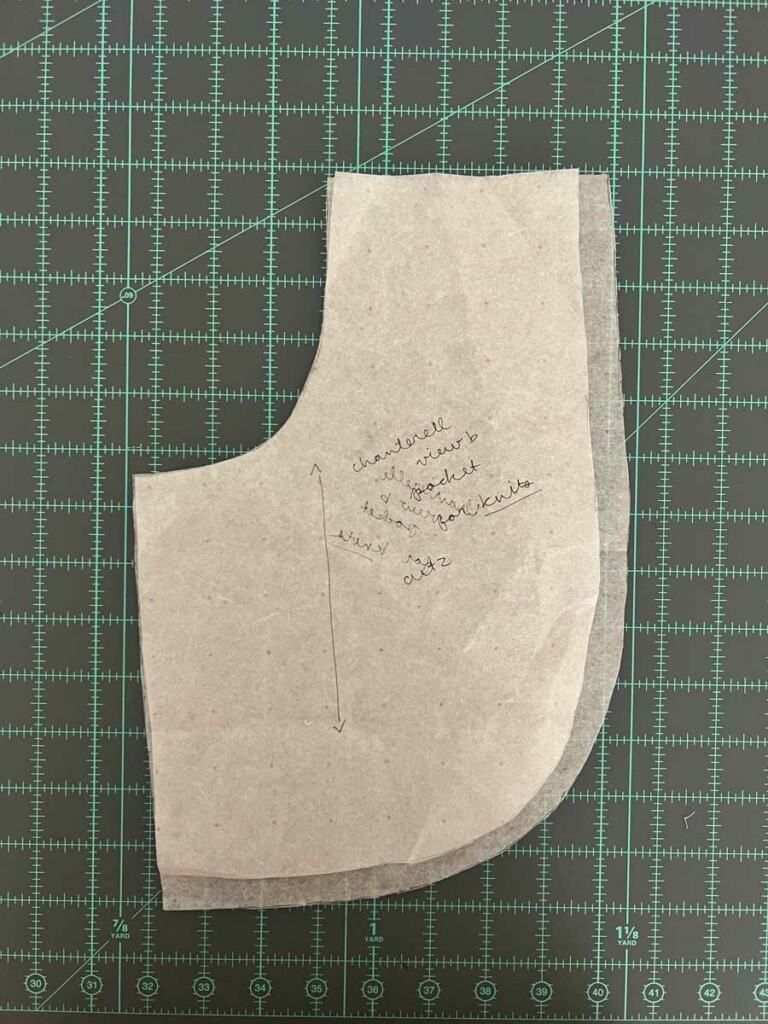
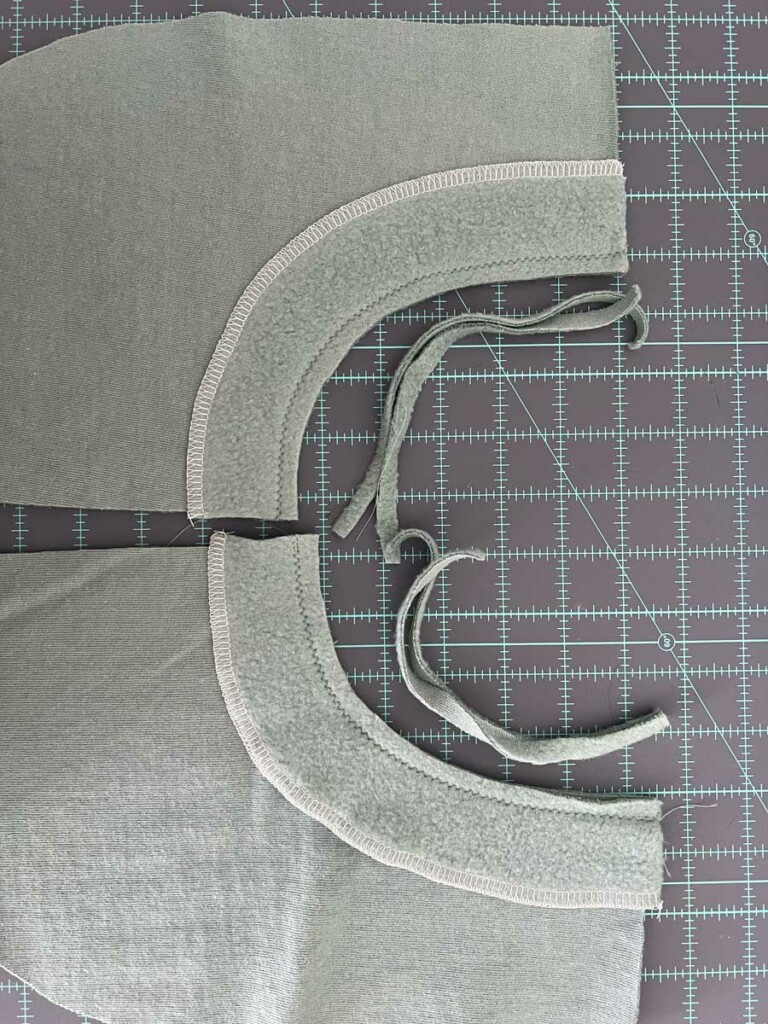
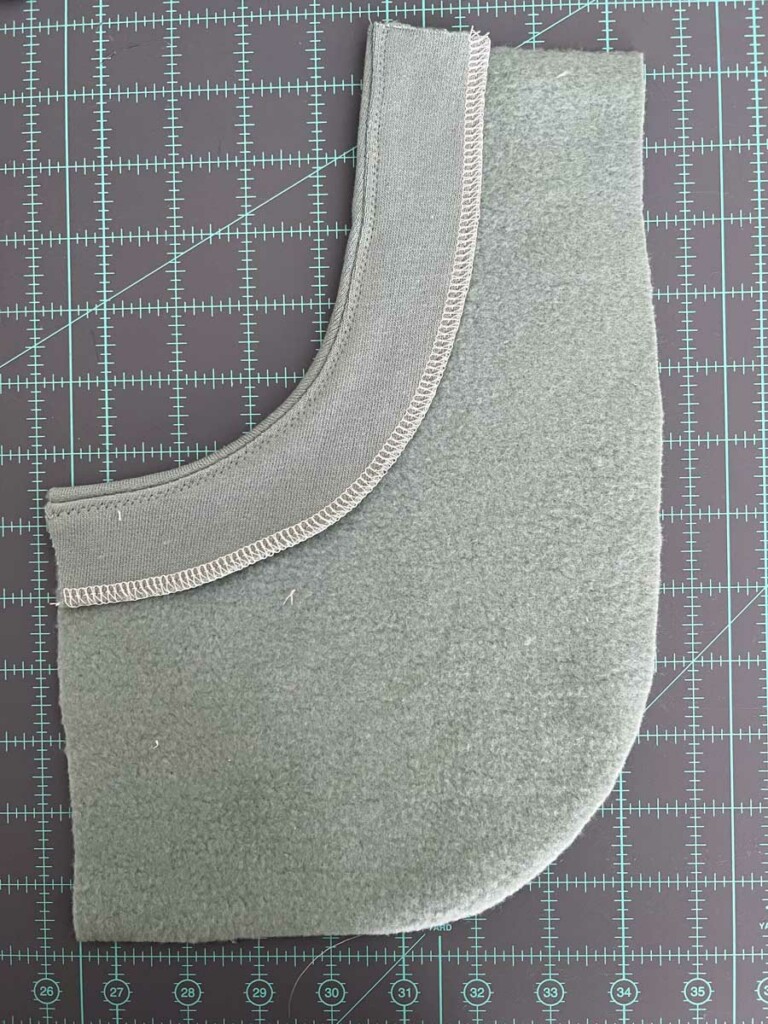
For the back pockets, I did the same. On the top edge, rather than turning and stitching with right sides together, I folded it under to the wrong side by 1/4 inch and then again by 5/8 inch and top stitched it in place.
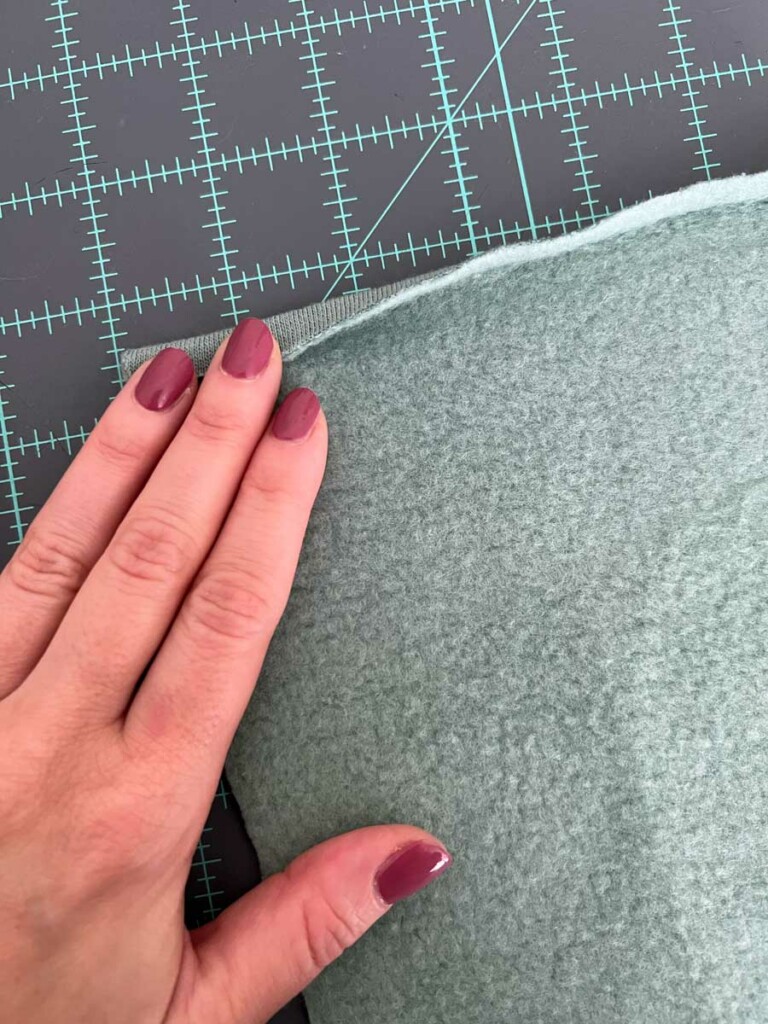
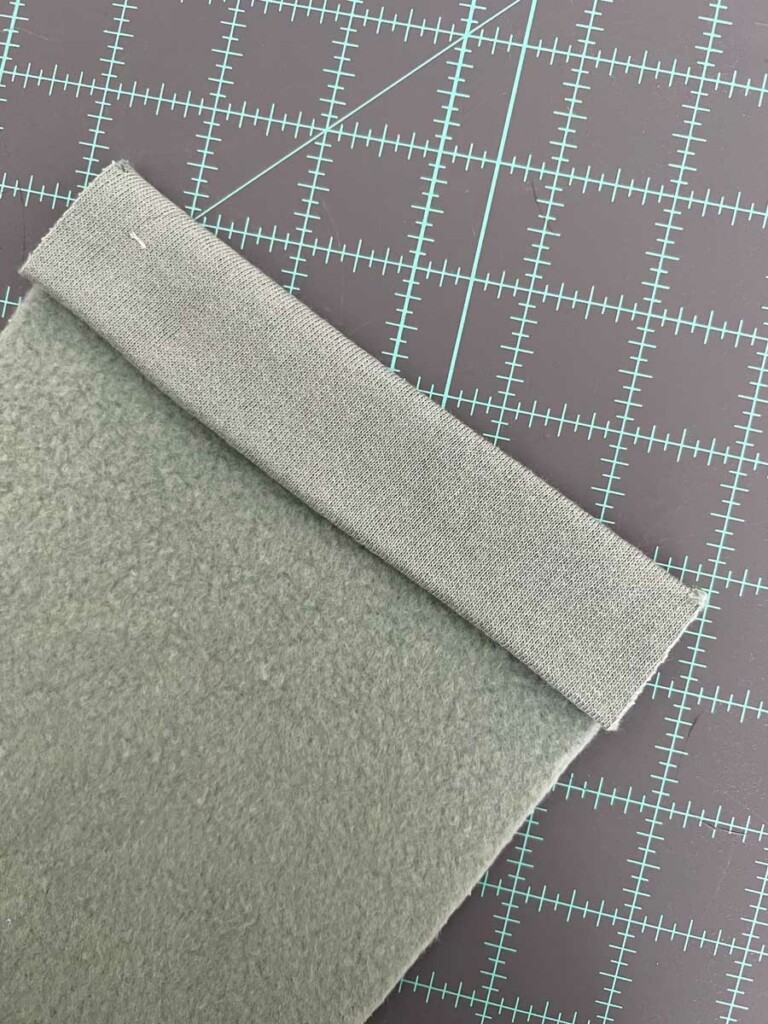
Knit Cuffs
For the cuffs, I sewed the pleat exactly the same. But when applying the cuffs, rather than turning and stitching in the ditch, I folded the cuff right sides together, lined up the raw edges with the raw edges of the pant leg, and stitched with a 1/2 inch seam allowance. I serged and pressed the seam towards the leg. You could sew the waistband the same way, or the way it is written in the pattern.
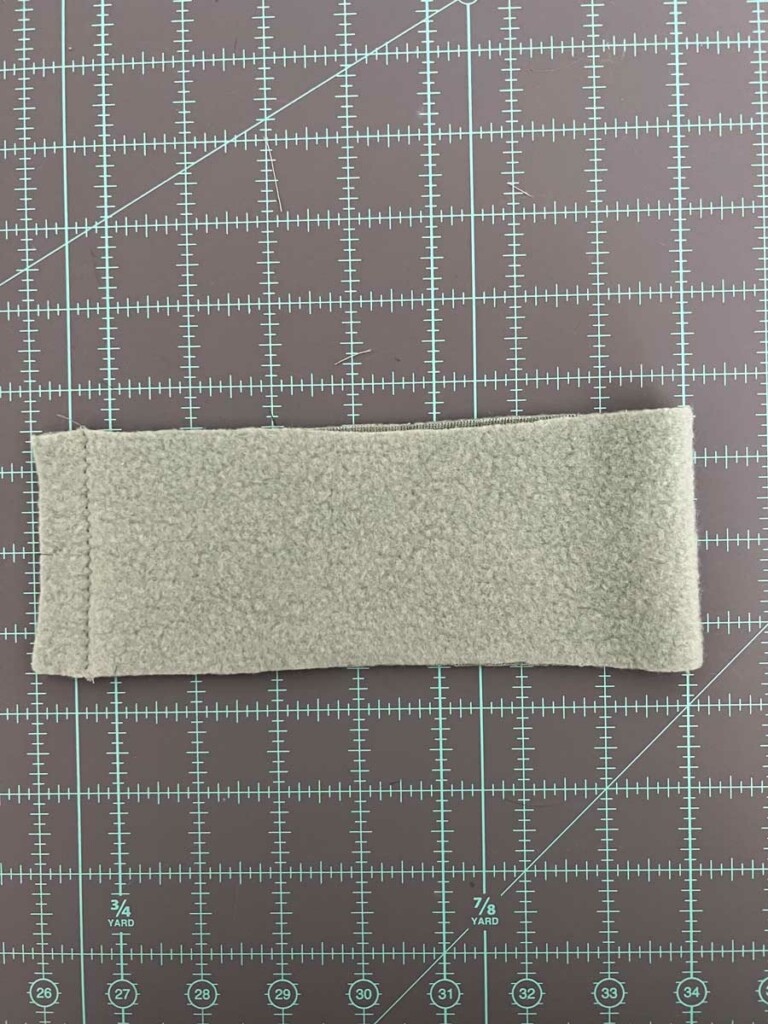
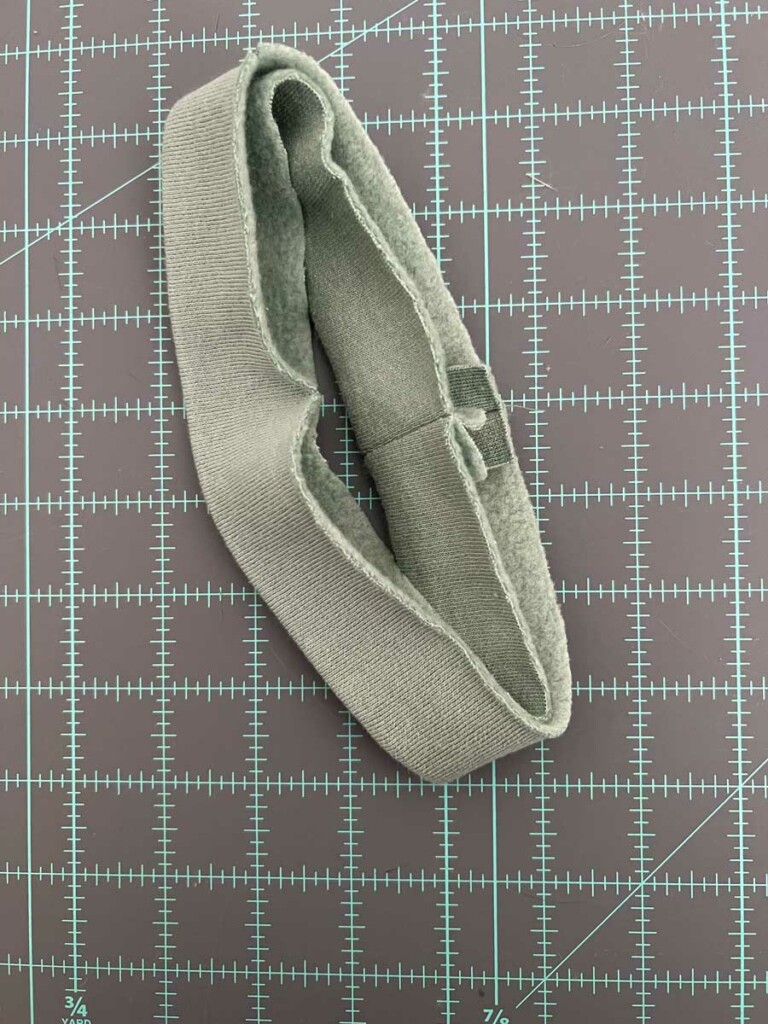
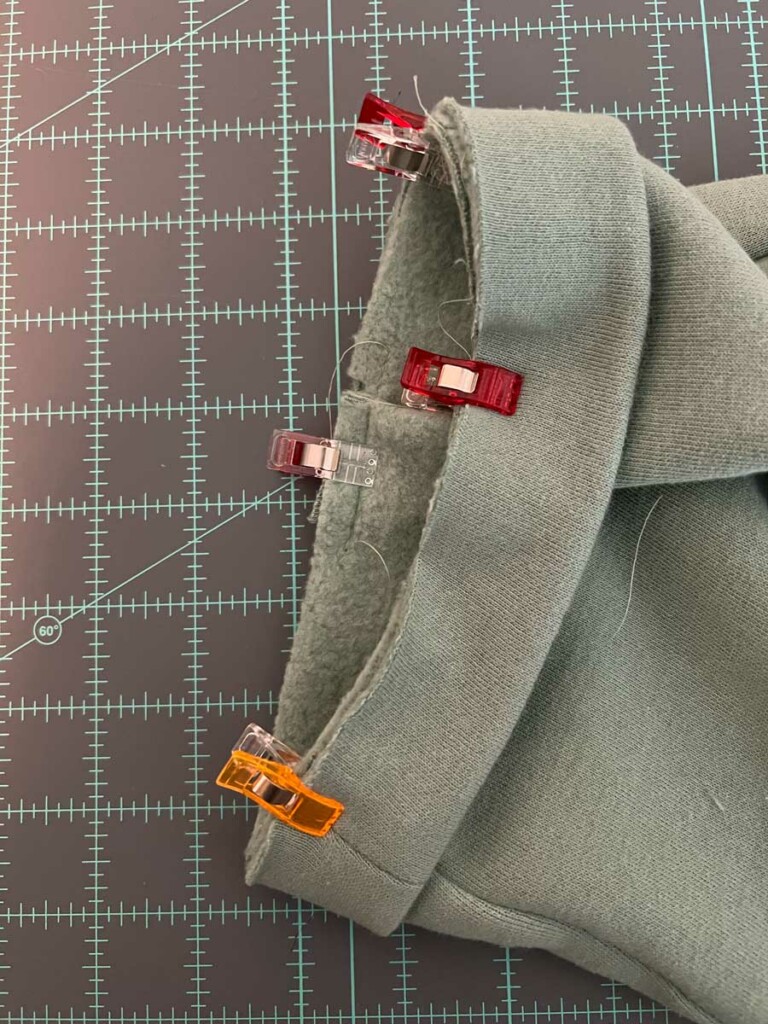
Waistband and Optional Drawstring
I added a drawstring to emphasize the casual jogger vibes of my knit Chanterelle pants. This is totally optional, but adding one is very simple. You will need 1 1/2-3 yards of drawstring. My waist is 27 inches and I added 13 inches to the length of my drawstring, for a total of 40 inches of drawstring.
Before applying the waistband I added two vertical buttonholes at the front.
- After folding and pressing the waistband mark the outer side.
- Unfold the waistband and measure 5/8″ from the seam allowance edge (I used a 1/2 inch seam allowance from the raw edge, to accommodate my thick fabric) and 5/8 from the fold, mark with your choice of erasable tool.
- Mark the center front by folding at the back seam.
- Measure 1/4-1/2 inch out on either side of the center, mark for buttonholes. I made mine 3/8 inch.
- Using your preferred method, sew the buttonhole, taking care to only sew through the outer layer, not both layers of the waistband.
- Carefully open the buttonhole. Proceed with the waistband instructions.
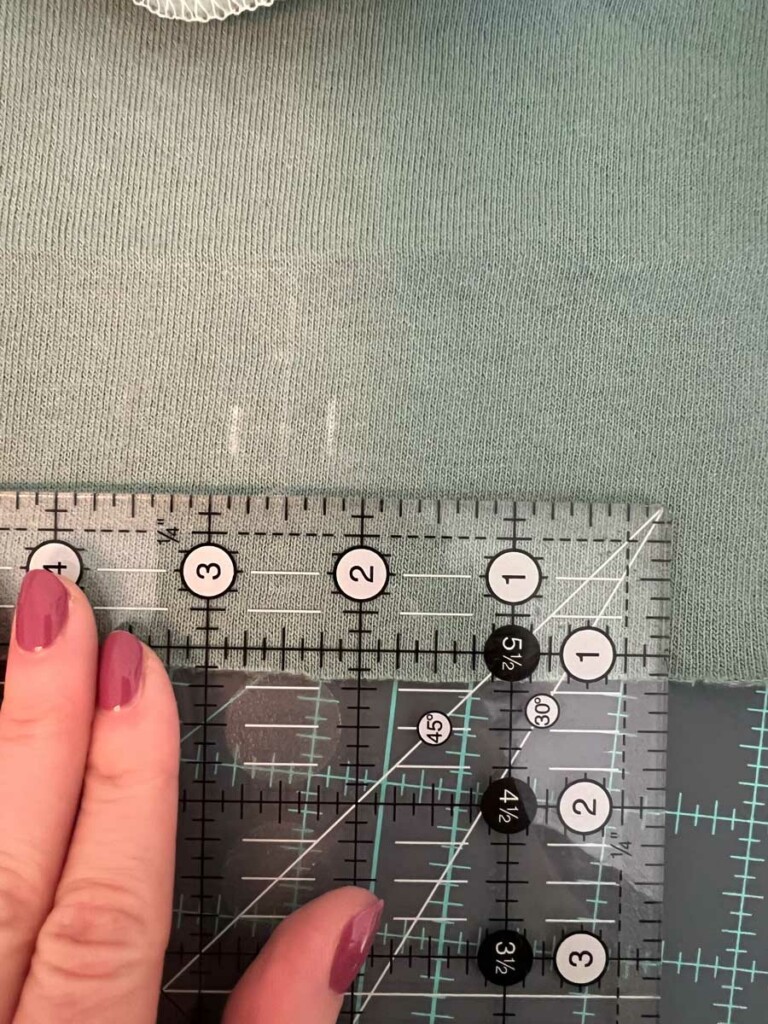
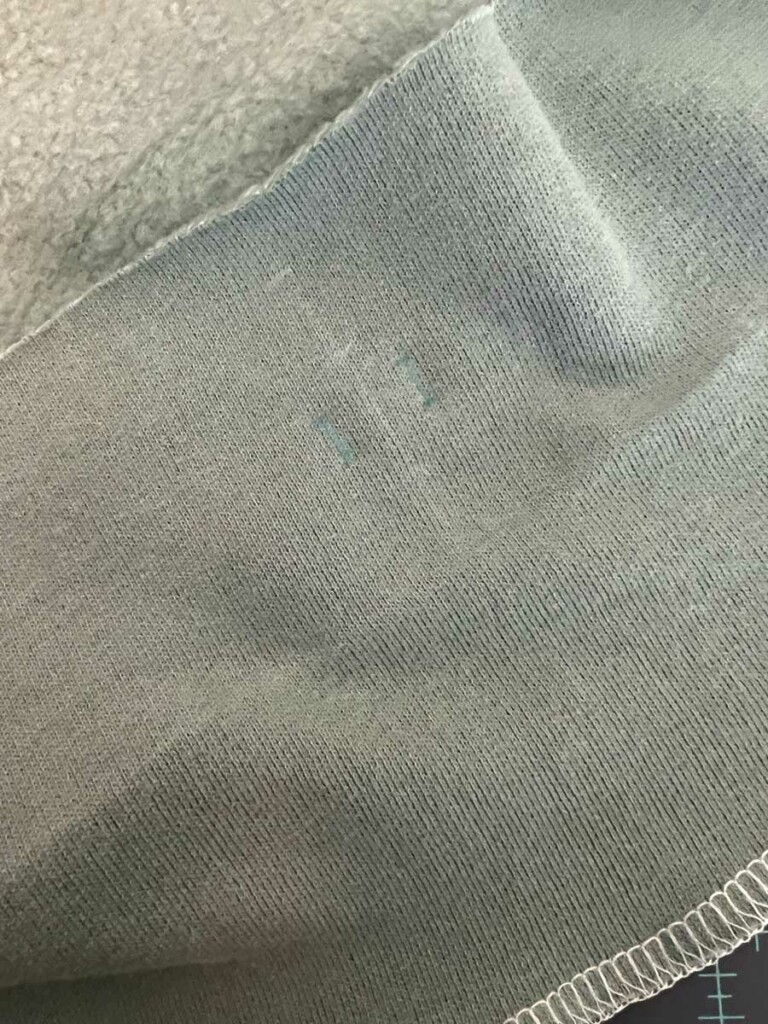
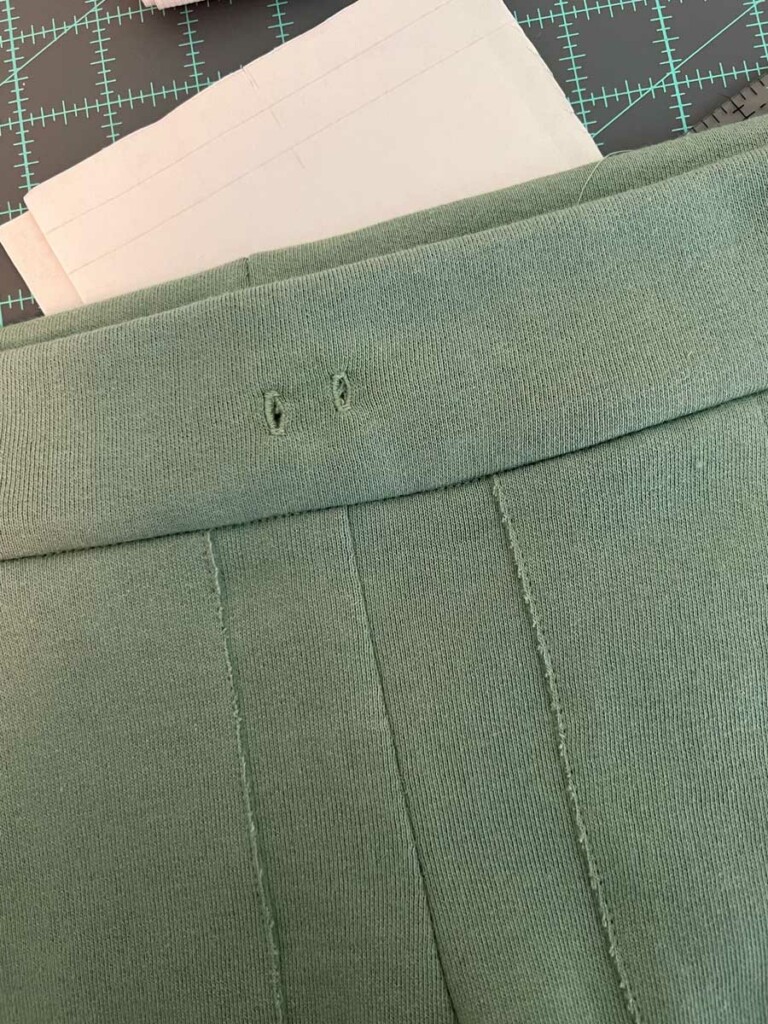
After you’ve applied your waistband, inserted the elastic, and stitched the channels, use a bodkin to pull your drawstring through. Trim to your preferred length (I tied a bow to make sure I had enough slack) and knot the ends.
You did it!
Congratulations! You made knit jogger Chanterelle Pants! I hope you spend many cozy days in them this season and many to come.


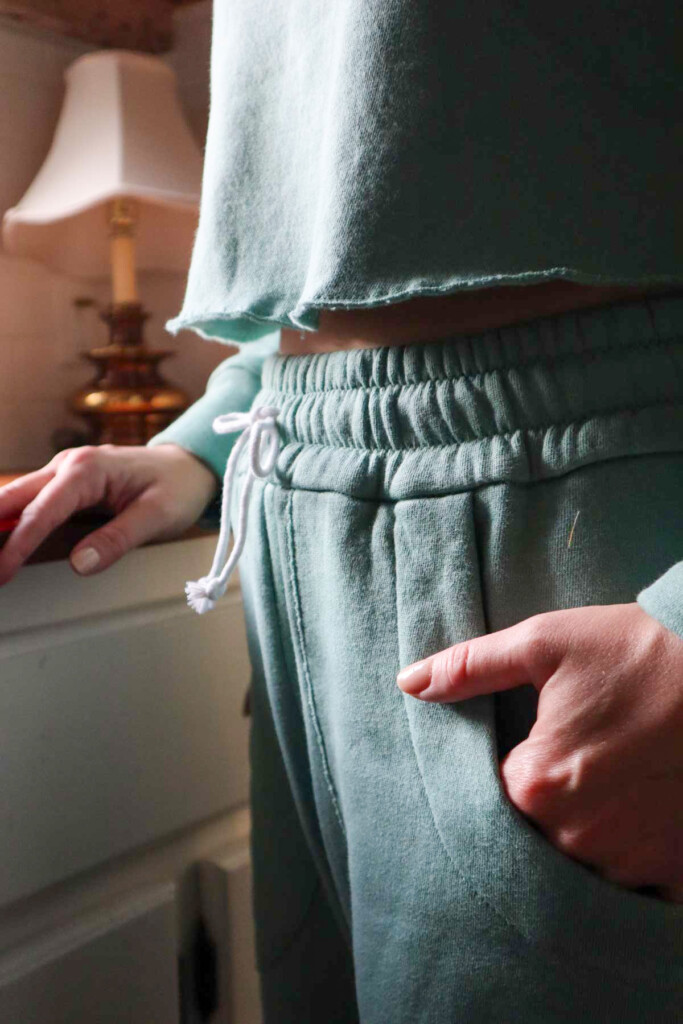
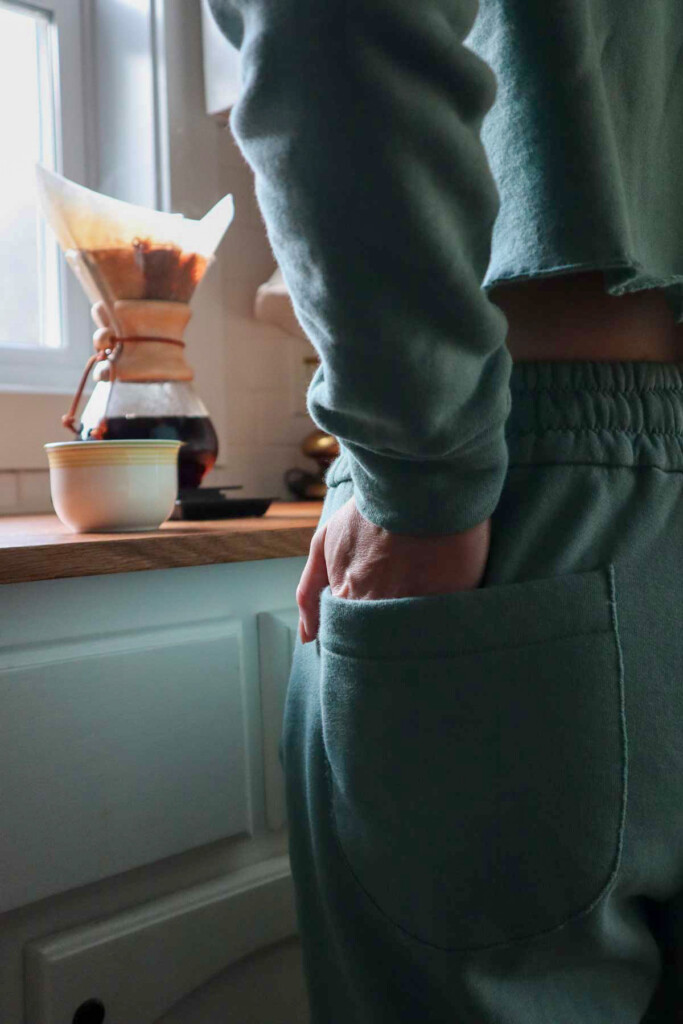
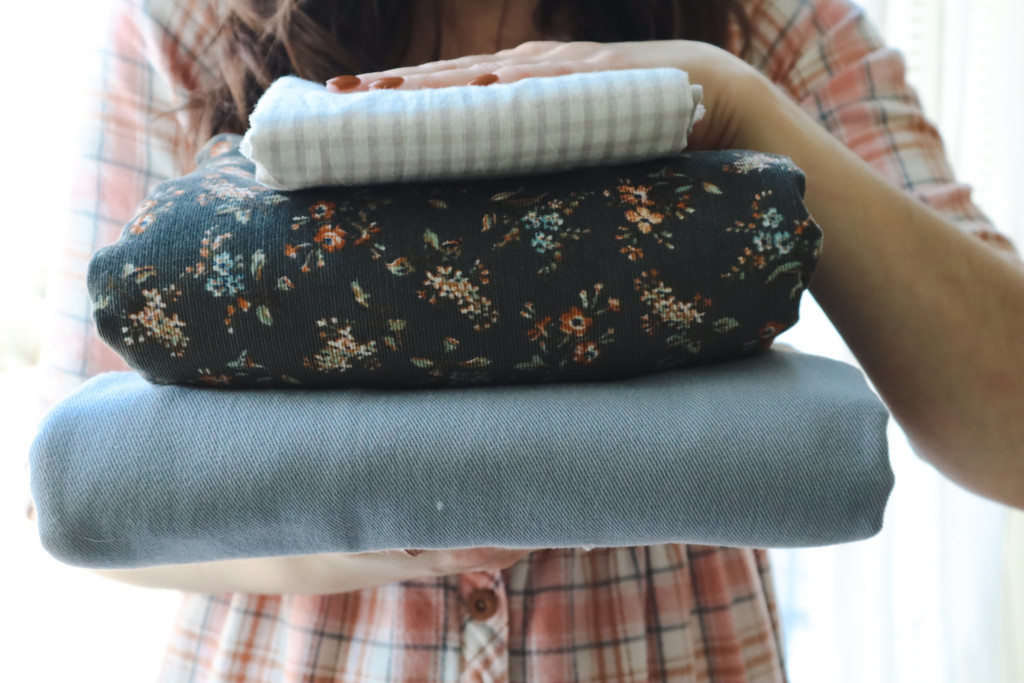
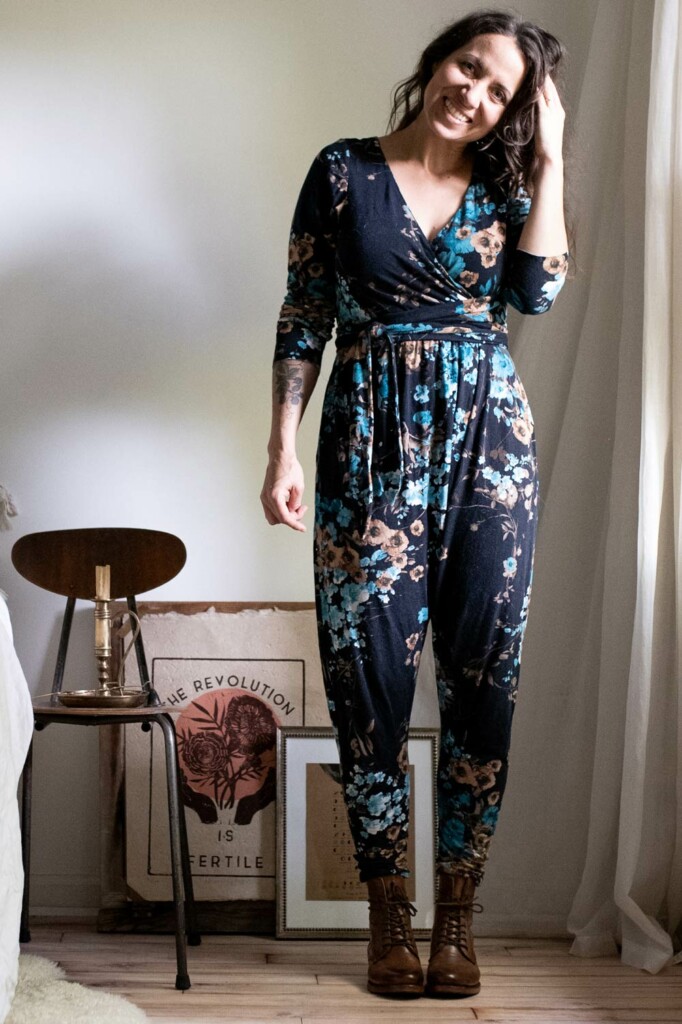
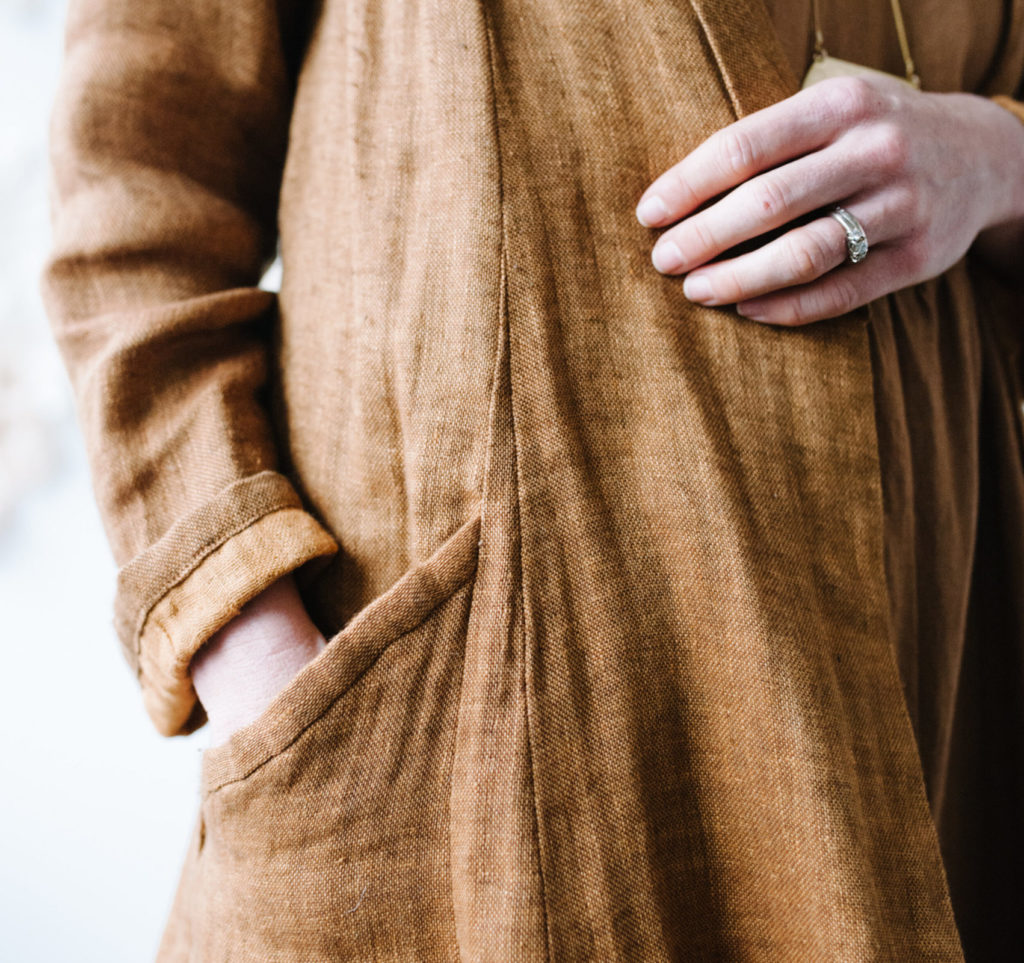
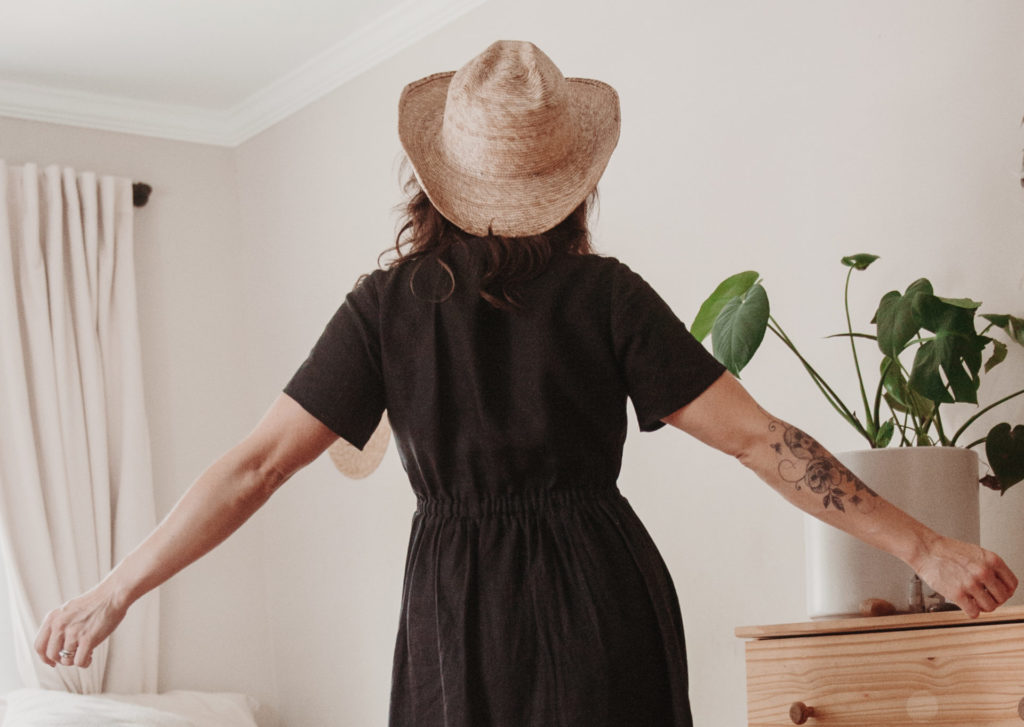
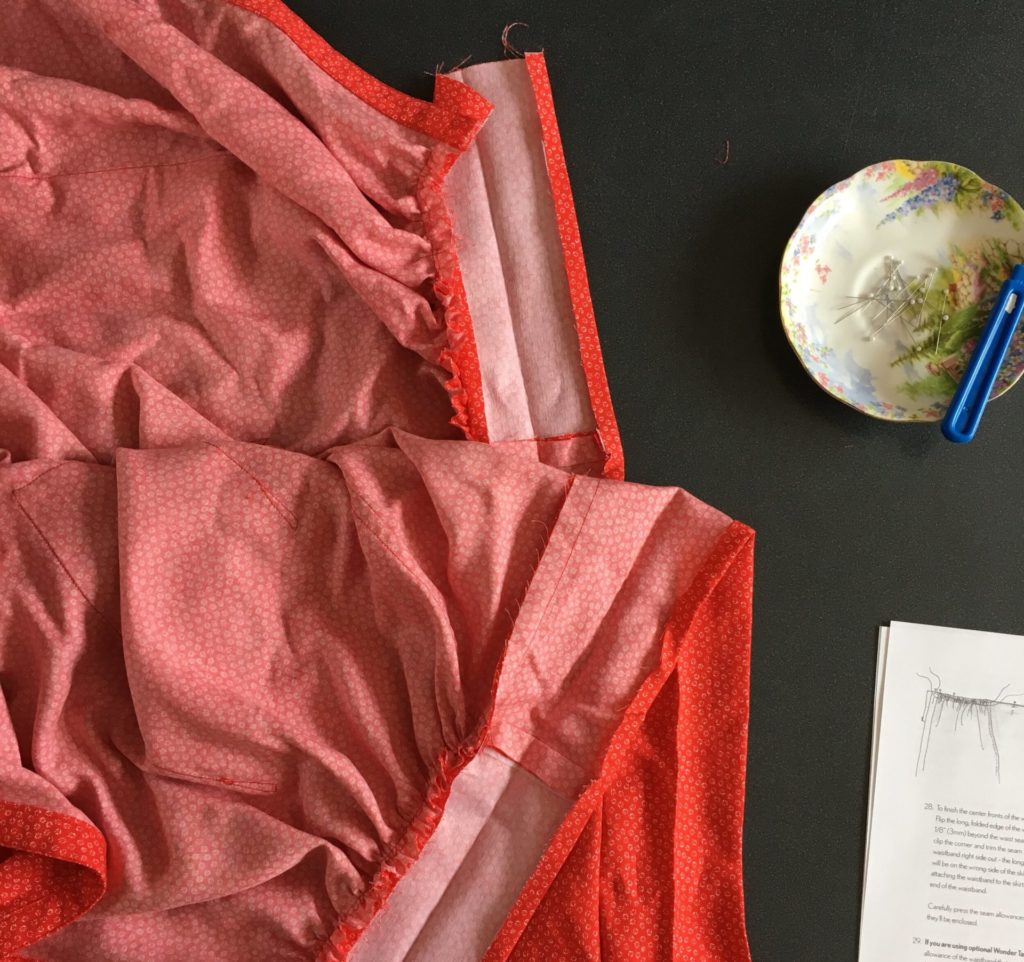
What do you think about using wide wale cotton corduroy for the Chanterelle pants? I have some fabric that I salvaged from a vintage give away box and I’ve been wanting to make it into pants. I’m thinking the waistband elastic should just be the width it is and not do the sectioning seams, but other than that do you have any suggestions?
I think this would work really well! I would probably skip the channeling at the end for such a thick fabric. And it might work better for View A, but I think View B could work too!
Yes, I was thinking view A also, but I really do like the look of view B. I have a pair of view B cut and ready to sew in linen. Maybe after I make them I’ll have a better idea of how the corduroy might work. As always, I appreciate your input and encouragement!
That sounds like a great idea. And as you embark on your corduroy pair you can always email us fit or sewing questions and we’ll be happy to help.
I made a pair of Chanterelles in a pin wale corduroy. The only thing that tripped me up was sorting out the issue of cutting the fabric so the nap is all the same way. Otherwise you may have 1 dark pocket and 1 light pocket . The pin wale cord is nice and soft and lays quite well. I did have to recut my back pocket though.
Oh yes, that is a very tricky part of using cord or any fabric with a nap. Glad you were able to recut! I have made that mistake before, haha.
I would totally buy this as a separate pattern to make cozy joggers forever, just saying. Also, YOU CUTE
Aww thank you, friend! Luckily you don’t even need a separate pattern, I barely changed anything :).